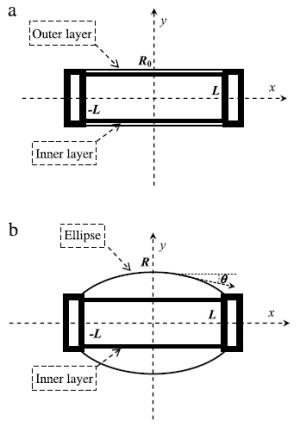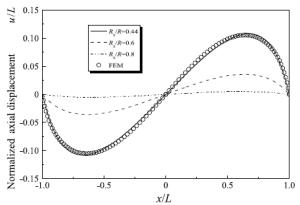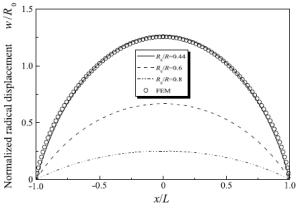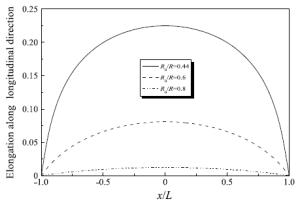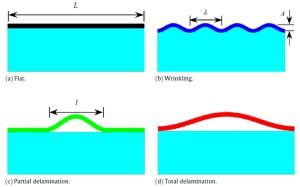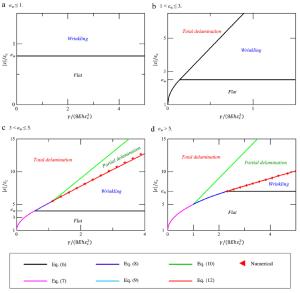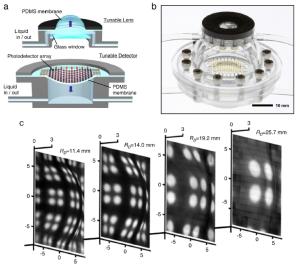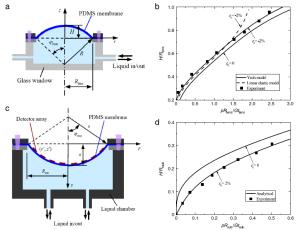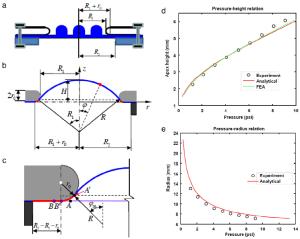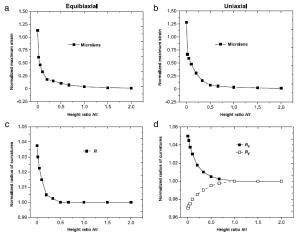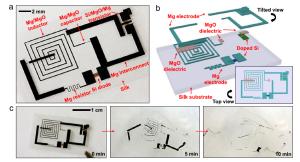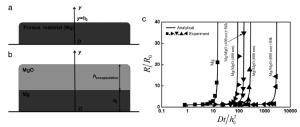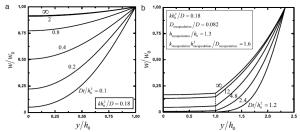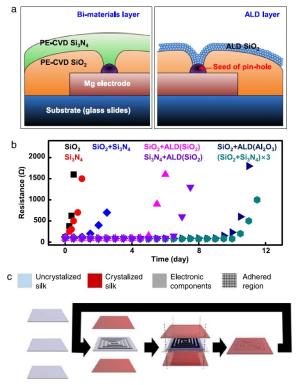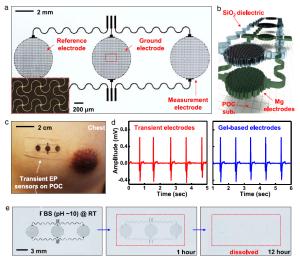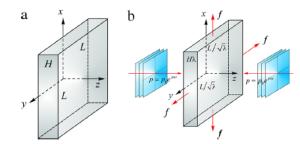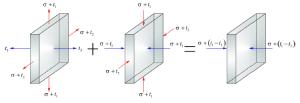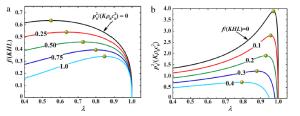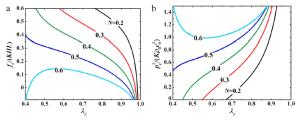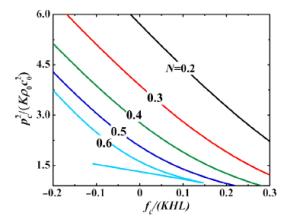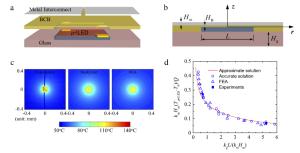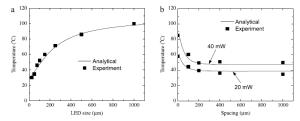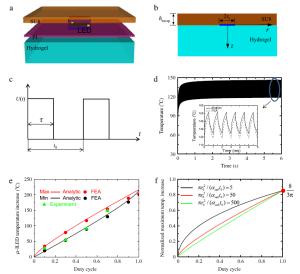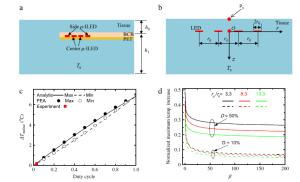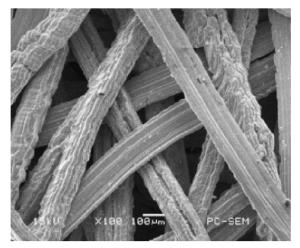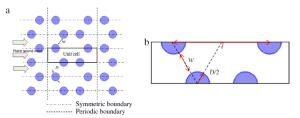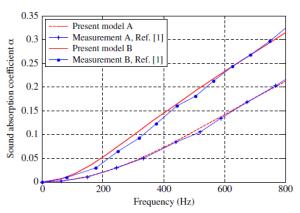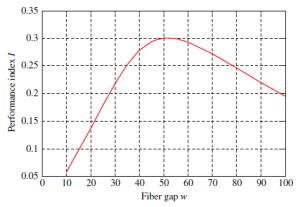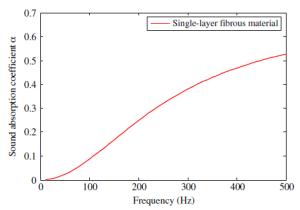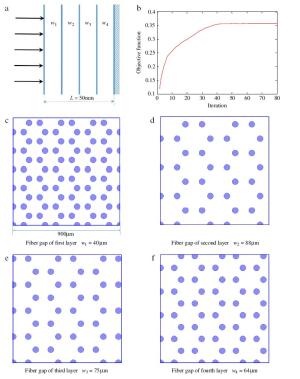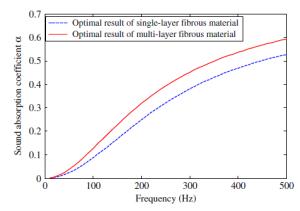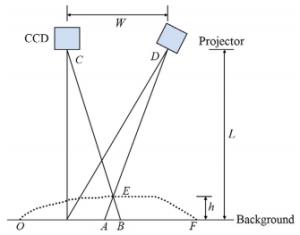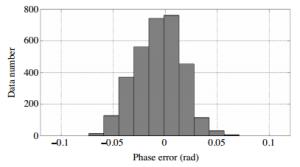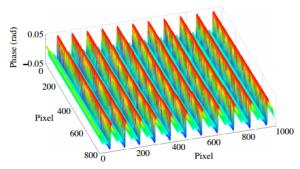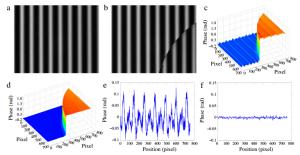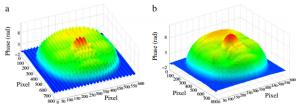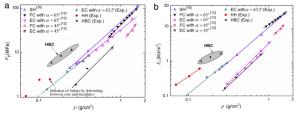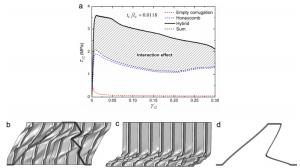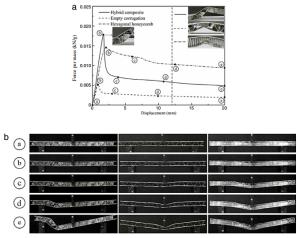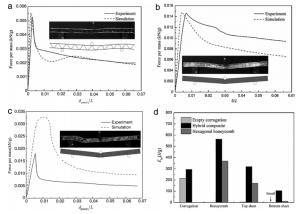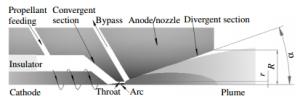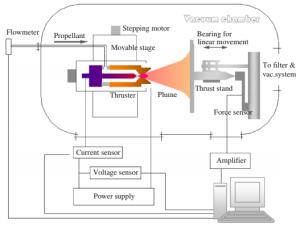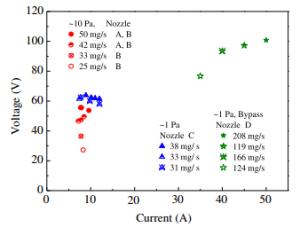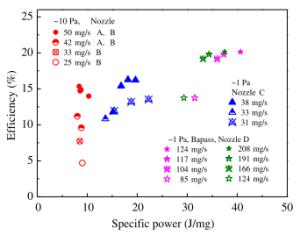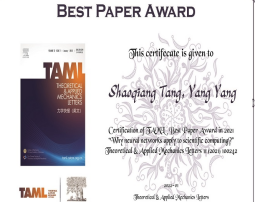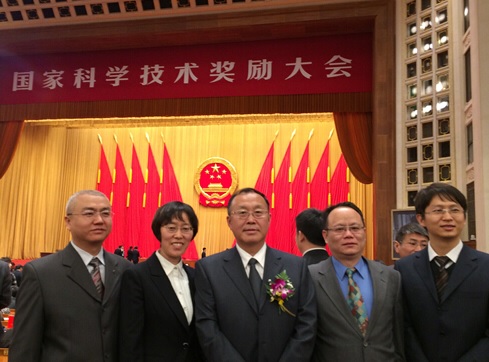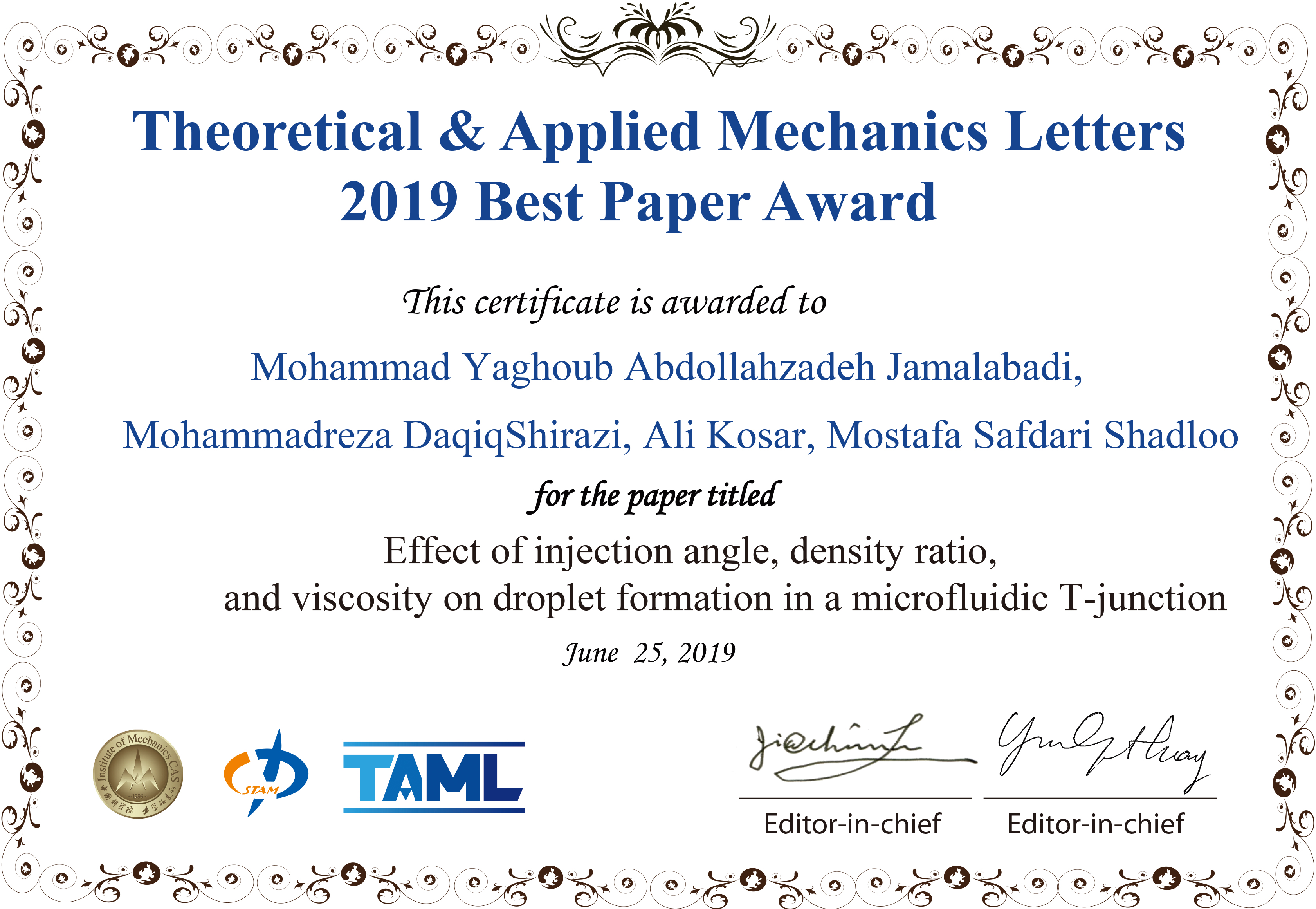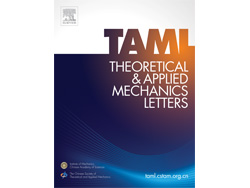Institute of Mechanics,
Chinese Academy of Sciences
2016 Vol.6(1)
Display Mode: |
Theoretical and Applied Mechanics Letters 2016, 6(1): 1-1.
doi: 10.1016/j.taml.2016.02.001
Abstract:
Theoretical and Applied Mechanics Letters 2016, 6(1): 2-5.
doi: 10.1016/j.taml.2015.11.009
Abstract:
The balloon-based catheters are attractive for the minimally invasive procedures because these catheters can be configured to match requirements on size and shape for the interaction with the soft tissue. An analytical mechanic model is developed for the deformed balloon to determine the shape of the inflated catheter. The bridges along latitudinal direction should be high stretchable due to the high elongation along the latitude of the inflatable catheter. These results agree well with the finite element method without any parameter fitting.
The balloon-based catheters are attractive for the minimally invasive procedures because these catheters can be configured to match requirements on size and shape for the interaction with the soft tissue. An analytical mechanic model is developed for the deformed balloon to determine the shape of the inflated catheter. The bridges along latitudinal direction should be high stretchable due to the high elongation along the latitude of the inflatable catheter. These results agree well with the finite element method without any parameter fitting.
Theoretical and Applied Mechanics Letters 2016, 6(1): 6-10.
doi: 10.1016/j.taml.2015.11.010
Abstract:
Stretchable/flexible electronics has attracted great interest and attention due to its potentially broad applications in bio-compatible systems. One class of these ultra-thin electronic systems has found promising and important utilities in bio-integrated monitoring and therapeutic devices. These devices can conform to the surfaces of soft bio-tissues such as the epidermis, the epicardium, and the brain to provide portable healthcare functionalities. Upon contractions of the soft tissues, the electronics undergoes compression and buckles into various modes, depending on the stiffness of the tissue and the strength of the interfacial adhesion. These buckling modes result in different kinds of interfacial delamination and shapes of the deformed electronics, which are very important to the proper functioning of the bioelectronic devices. In this paper, detailed buckling mechanics of these thin-film electronics on elastomeric substrates is studied. The analytical results, validated by experiments, provide a very convenient tool for predicting peak strain in the electronics and the intactness of the interface under various conditions.
Stretchable/flexible electronics has attracted great interest and attention due to its potentially broad applications in bio-compatible systems. One class of these ultra-thin electronic systems has found promising and important utilities in bio-integrated monitoring and therapeutic devices. These devices can conform to the surfaces of soft bio-tissues such as the epidermis, the epicardium, and the brain to provide portable healthcare functionalities. Upon contractions of the soft tissues, the electronics undergoes compression and buckles into various modes, depending on the stiffness of the tissue and the strength of the interfacial adhesion. These buckling modes result in different kinds of interfacial delamination and shapes of the deformed electronics, which are very important to the proper functioning of the bioelectronic devices. In this paper, detailed buckling mechanics of these thin-film electronics on elastomeric substrates is studied. The analytical results, validated by experiments, provide a very convenient tool for predicting peak strain in the electronics and the intactness of the interface under various conditions.
Theoretical and Applied Mechanics Letters 2016, 6(1): 11-20.
doi: 10.1016/j.taml.2015.11.011
Abstract:
Imaging systems in nature have attracted a lot of research interest due to their superior optical and imaging characteristics. Recent advancements in materials science, mechanics, and stretchable electronics have led to successful development of bioinspired cameras that resemble the structures and functions of biological light-sensing organs. In this review, we discuss some recent progresses in mechanics of bioinspired imaging systems, including tunable hemispherical eyeball camera and artificial compound eye camera. The mechanics models and results reviewed in this article can provide efficient tools for design and optimization of such systems, as well as other related optoelectronic systems that combine rigid elements with soft substrates.
Imaging systems in nature have attracted a lot of research interest due to their superior optical and imaging characteristics. Recent advancements in materials science, mechanics, and stretchable electronics have led to successful development of bioinspired cameras that resemble the structures and functions of biological light-sensing organs. In this review, we discuss some recent progresses in mechanics of bioinspired imaging systems, including tunable hemispherical eyeball camera and artificial compound eye camera. The mechanics models and results reviewed in this article can provide efficient tools for design and optimization of such systems, as well as other related optoelectronic systems that combine rigid elements with soft substrates.
Theoretical and Applied Mechanics Letters 2016, 6(1): 21-31.
doi: 10.1016/j.taml.2015.11.012
Abstract:
Transient electronics are an emerging class of electronics with the unique characteristic to completely dissolve within a programmed period of time. Since no harmful byproducts are released, these electronics can be used in the human body as a diagnostic tool, for instance, or they can be used as environmentally friendly alternatives to existing electronics which disintegrate when exposed to water. Thus, the most crucial aspect of transient electronics is their ability to disintegrate in a practical manner and a review of the literature on this topic is essential for understanding the current capabilities of transient electronics and areas of future research. In the past, only partial dissolution of transient electronics was possible, however, total dissolution has been achieved with a recent discovery that silicon nanomembrane undergoes hydrolysis. The use of single- and multi-layered structures has also been explored as a way to extend the lifetime of the electronics. Analytical models have been developed to study the dissolution of various functional materials as well as the devices constructed from this set of functional materials and these models prove to be useful in the design of the transient electronics.
Transient electronics are an emerging class of electronics with the unique characteristic to completely dissolve within a programmed period of time. Since no harmful byproducts are released, these electronics can be used in the human body as a diagnostic tool, for instance, or they can be used as environmentally friendly alternatives to existing electronics which disintegrate when exposed to water. Thus, the most crucial aspect of transient electronics is their ability to disintegrate in a practical manner and a review of the literature on this topic is essential for understanding the current capabilities of transient electronics and areas of future research. In the past, only partial dissolution of transient electronics was possible, however, total dissolution has been achieved with a recent discovery that silicon nanomembrane undergoes hydrolysis. The use of single- and multi-layered structures has also been explored as a way to extend the lifetime of the electronics. Analytical models have been developed to study the dissolution of various functional materials as well as the devices constructed from this set of functional materials and these models prove to be useful in the design of the transient electronics.
Theoretical and Applied Mechanics Letters 2016, 6(1): 38-41.
doi: 10.1016/j.taml.2015.12.004
Abstract:
We develop an acoustomechanical theory for semicrystalline polymers and demonstrate that acoustic radiation force is capable of causing giant deformation in these materials. When a polymer layer is subjected to combined tensile mechanical force in plane and acoustic force (sound pressure) through thickness, it becomes initially homogeneously thin but soon inhomogeneous when the two forces reach critical conditions. Critical conditions for such acoustomechanical instability are theoretically determined based on the J2-deformation theory. We demonstrate that pull-in instability can be acoustically triggered even if the in-plane mechanical force is fixed. Bifurcation in the critical condition for acoustomechanical instability occurs when the polymer exhibits sufficiently large hardening. The findings of this study enable reliability design of novel acoustic actuated devices.
We develop an acoustomechanical theory for semicrystalline polymers and demonstrate that acoustic radiation force is capable of causing giant deformation in these materials. When a polymer layer is subjected to combined tensile mechanical force in plane and acoustic force (sound pressure) through thickness, it becomes initially homogeneously thin but soon inhomogeneous when the two forces reach critical conditions. Critical conditions for such acoustomechanical instability are theoretically determined based on the J2-deformation theory. We demonstrate that pull-in instability can be acoustically triggered even if the in-plane mechanical force is fixed. Bifurcation in the critical condition for acoustomechanical instability occurs when the polymer exhibits sufficiently large hardening. The findings of this study enable reliability design of novel acoustic actuated devices.
Theoretical and Applied Mechanics Letters 2016, 6(1): 32-37.
doi: 10.1016/j.taml.2015.12.001
Abstract:
Stretchable electronics, which offers the performance of conventional wafer-based devices and mechanical properties of a rubber band, enables many novel applications that are not possible through conventional electronics due to its brittle nature. One effective strategy to realize stretchable electronics is to design the inorganic semiconductor material in a stretchable format on a compliant elastomeric substrate. Engineering thermal management is essential for the development of stretchable electronics to avoid adverse thermal effects on its performance as well as in applications involving human body and biological tissues where even 1–2 ℃ temperature increase is not allowed. This article reviews the recent advances in thermal management of stretchable inorganic electronics with focuses on the thermal models and their comparisons to experiments and finite element simulations.
Stretchable electronics, which offers the performance of conventional wafer-based devices and mechanical properties of a rubber band, enables many novel applications that are not possible through conventional electronics due to its brittle nature. One effective strategy to realize stretchable electronics is to design the inorganic semiconductor material in a stretchable format on a compliant elastomeric substrate. Engineering thermal management is essential for the development of stretchable electronics to avoid adverse thermal effects on its performance as well as in applications involving human body and biological tissues where even 1–2 ℃ temperature increase is not allowed. This article reviews the recent advances in thermal management of stretchable inorganic electronics with focuses on the thermal models and their comparisons to experiments and finite element simulations.
Theoretical and Applied Mechanics Letters 2016, 6(1): 42-48.
doi: 10.1016/j.taml.2015.12.002
Abstract:
We present a design method for calculating and optimizing sound absorption coefficient of multi-layered porous fibrous metals (PFM) in the low frequency range. PFM is simplified as an equivalent idealized sheet with all metallic fibers aligned in one direction and distributed in periodic hexagonal patterns. We use a phenomenological model in the literature to investigate the effects of pore geometrical parameters (fiber diameter and gap) on sound absorption performance. The sound absorption coefficient of multilayered PFMs is calculated using impedance translation theorem. To demonstrate the validity of the present model, we compare the predicted results with the experimental data. With the average sound absorption (low frequency range) as the objective function and the fiber gaps as the design variables, an optimization method for multi-layered fibrous metals is proposed. A new fibrous layout with given porosity of multi-layered fibrous metals is suggested to achieve optimal low frequency sound absorption. The sound absorption coefficient of the optimal multi-layered fibrous metal is higher than the singlelayered fibrous metal, and a significant effect of the fibrous material on sound absorption is found due to the surface porosity of the multi-layered fibrous.
We present a design method for calculating and optimizing sound absorption coefficient of multi-layered porous fibrous metals (PFM) in the low frequency range. PFM is simplified as an equivalent idealized sheet with all metallic fibers aligned in one direction and distributed in periodic hexagonal patterns. We use a phenomenological model in the literature to investigate the effects of pore geometrical parameters (fiber diameter and gap) on sound absorption performance. The sound absorption coefficient of multilayered PFMs is calculated using impedance translation theorem. To demonstrate the validity of the present model, we compare the predicted results with the experimental data. With the average sound absorption (low frequency range) as the objective function and the fiber gaps as the design variables, an optimization method for multi-layered fibrous metals is proposed. A new fibrous layout with given porosity of multi-layered fibrous metals is suggested to achieve optimal low frequency sound absorption. The sound absorption coefficient of the optimal multi-layered fibrous metal is higher than the singlelayered fibrous metal, and a significant effect of the fibrous material on sound absorption is found due to the surface porosity of the multi-layered fibrous.
Theoretical and Applied Mechanics Letters 2016, 6(1): 49-53.
doi: 10.1016/j.taml.2015.12.005
Abstract:
Although the structured light system that uses digital fringe projection has been widely implemented in three-dimensional surface profile measurement, the measurement system is susceptible to non-linear error. In this work, we propose a convenient look-up-table-based (LUT-based) method to compensate for the non-linear error in captured fringe patterns. Without extra calibration, this LUT-based method completely utilizes the captured fringe pattern by recording the full-field differences. Then, a phase compensation map is established to revise the measured phase. Experimental results demonstrate that this method works effectively.
Although the structured light system that uses digital fringe projection has been widely implemented in three-dimensional surface profile measurement, the measurement system is susceptible to non-linear error. In this work, we propose a convenient look-up-table-based (LUT-based) method to compensate for the non-linear error in captured fringe patterns. Without extra calibration, this LUT-based method completely utilizes the captured fringe pattern by recording the full-field differences. Then, a phase compensation map is established to revise the measured phase. Experimental results demonstrate that this method works effectively.
Theoretical and Applied Mechanics Letters 2016, 6(1): 54-59.
doi: 10.1016/j.taml.2016.01.001
Abstract:
The concept of combining metallic honeycomb with folded thin metallic sheets (corrugation) to construct a novel core type for lightweight sandwich structures is proposed. The honeycomb–corrugation hybrid core is manufactured by filling the interstices of aluminum corrugations with precision-cut trapezoidal aluminum honeycomb blocks, bonded together using epoxy glue. The performance of such hybrid-cored sandwich panels subjected to out-of-plane compression, transverse shear, and three-point bending is investigated, both experimentally and numerically. The strength and energy absorption of the sandwich are dramatically enhanced, compared to those of a sandwich with either empty corrugation or honeycomb core. The enhancement is induced by the beneficial interaction effects of honeycomb blocks and folded panels on improved buckling resistance as well as altered crushing modes at large plastic deformation. The present approach provides an effective method to further improve the mechanical properties of conventional honeycomb-cored sandwich constructions with low relative densities.
The concept of combining metallic honeycomb with folded thin metallic sheets (corrugation) to construct a novel core type for lightweight sandwich structures is proposed. The honeycomb–corrugation hybrid core is manufactured by filling the interstices of aluminum corrugations with precision-cut trapezoidal aluminum honeycomb blocks, bonded together using epoxy glue. The performance of such hybrid-cored sandwich panels subjected to out-of-plane compression, transverse shear, and three-point bending is investigated, both experimentally and numerically. The strength and energy absorption of the sandwich are dramatically enhanced, compared to those of a sandwich with either empty corrugation or honeycomb core. The enhancement is induced by the beneficial interaction effects of honeycomb blocks and folded panels on improved buckling resistance as well as altered crushing modes at large plastic deformation. The present approach provides an effective method to further improve the mechanical properties of conventional honeycomb-cored sandwich constructions with low relative densities.
Theoretical and Applied Mechanics Letters 2016, 6(1): 60-63.
doi: 10.1016/j.taml.2015.12.003
Abstract:
Pure nitrogen gas was heated with direct current arc, at input powers from several hundred W to over 5 kW, and then injected through a nozzle into a chamber at 1 or 10 Pa pressure, with the purpose of accelerating the gas to very high speed around 7 km/s. Various structures of the arc generator and gas expansion nozzle were examined. Results show that bypass exhausting of the boundary layer before it enters the nozzle divergent section can greatly increase flow speed of the jet, thus it might be possible to use nitrogen as a working gas in high speed gas dynamic test facilities.
Pure nitrogen gas was heated with direct current arc, at input powers from several hundred W to over 5 kW, and then injected through a nozzle into a chamber at 1 or 10 Pa pressure, with the purpose of accelerating the gas to very high speed around 7 km/s. Various structures of the arc generator and gas expansion nozzle were examined. Results show that bypass exhausting of the boundary layer before it enters the nozzle divergent section can greatly increase flow speed of the jet, thus it might be possible to use nitrogen as a working gas in high speed gas dynamic test facilities.
 Submit a Paper
Submit a Paper
 Subscription
Subscription
News
MORE+
Call for Papers
MORE+
- Crossing-Mechanics Driven by Big Data
- Machine learning in the fluid mechanics research of wind energy
- Mechanics of Origami/Kirigami structures and metamaterials
- New insights and perspectives on impact biomechanics for human tissues: from injury prevention, protection to protective equipment
- Environmental Mechanics for Extreme Natural Events




